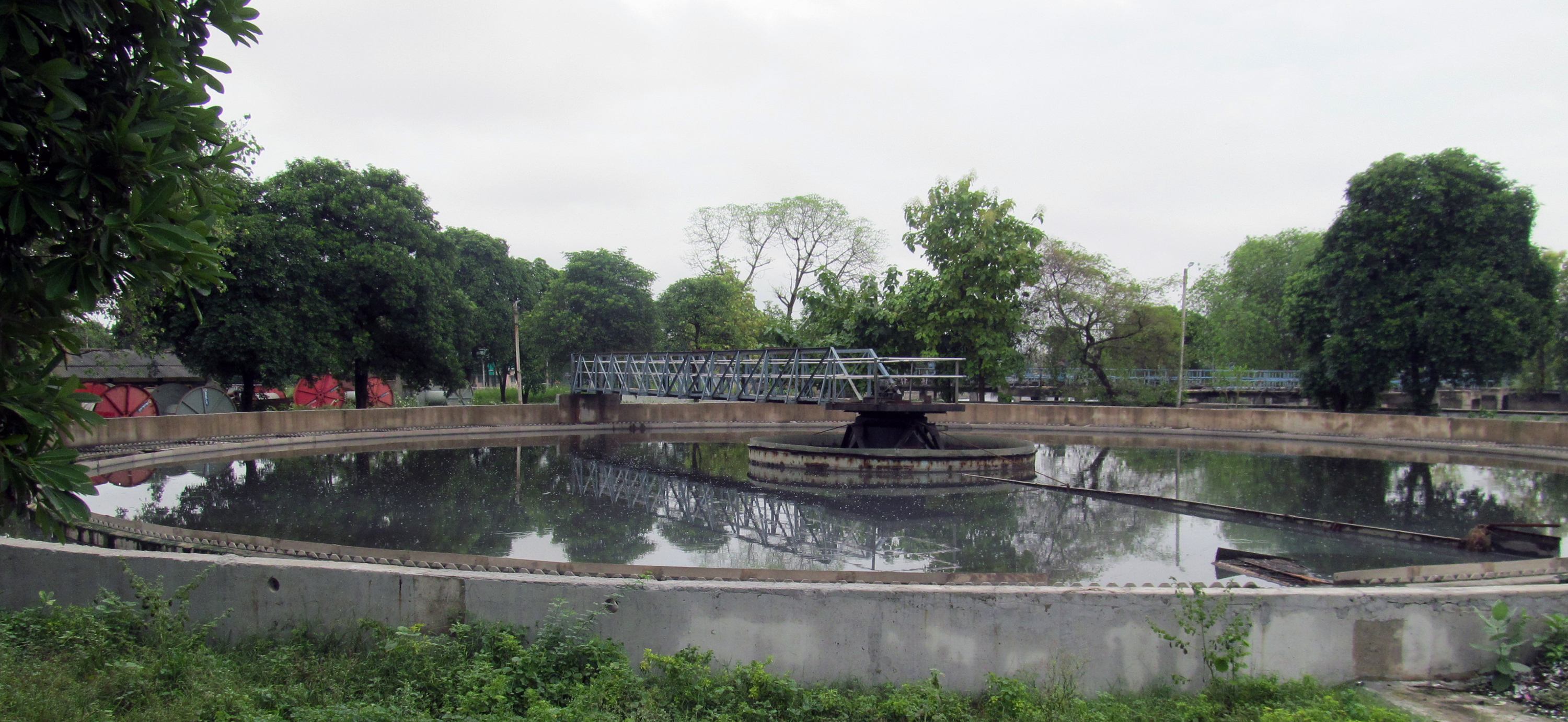Progress and innovation in the wastewater treatment and resource recovery is also about well-considered, responsible and feasible investments. Our project partner Aquafin delivered a report with recommendations for appropriate investments and financing models for one of our demonstration areas: the Kanpur Nagar region.
The report focuses on some of the aspects described in the Road map for the Kanpur Nagar region to exploit wastewater treatment, water reuse and resource recovery.
Two of our most promising technologies were compared to a classical upgrade for the existing standard sewage treatment Plant in Kanpur: the ANDICOS (Anaerobic Digestion by Combining Organic Waste and Sewage) approach and the Self Forming Dynamic Membrane Bioreactor (SFD-MBR).
Environmental standards
For the evaluation, Pavitra Ganga looked at the current environmental standards that the STP should observe. The present Jajmau sewage treatment plant complies with the old standards (Environmental Protection Rules 1986) where the main parameter is a biochemical oxygen demand (BOD) concentration of less than 100mg/l. However, due to the publication of the Environment (Protection) Amendment Rules 2017, the limit is reduced to 30mg/l since 2022. We can thus assume that India is in a transition towards stricter effluent standards. Therefore, the upgrade scenarios also included nutrient removals.

Ecological and economic assessment
For the present situation and for each scenario, a biological and cost model was made to size all components and predict the economic and ecological parameters of the treatment plant. In addition, the investment and operational costs were estimated.
Due to a lack of available recent operational data, the analysis was done based on measurement results before COVID-19 and partial information about the present plant. Lacking information about the local costs, all analyses are also done using European costs.
Results
Based on the simulations, it is found that the plant can be upgraded to comply to the standard of 2017 by replacing the aeration equipment. If highly efficient aeration is used, the operational cost and the Net Present Value (investment and operational cost) can be reduced, compared to the present situation.
It is also concluded that the scenarios with digestion and dewatering of all the sludge using centrifuges have a positive influence on the NPV. In the case of digestion, the plant can become a net producer of electricity. The main reason for this is that the wastewater contains a high concentration of suspended chemical oxygen demand (COD) which settles well in the primary clarifiers. A high production of gas can thus be found combined with a low residual load to the biological treatment. By dewatering all the sludge prior to the drying beds, the loading of these beds is reduced. This will increase the dry solids concentration of the sludge and will increase the value of the sludge as energy carrier to be used in power plants or cement ovens.
If nutrient removal is required, the scenario using SFD-MBR has the lower NPV. However, the difference with a conventional upgrade is small and a minor increase in cost of the SFD-MBR units (15%) makes both scenarios equal in NPV. If the cost of the SFD-MBR units can be reduced by producing larger units than the present maximum size of these units, SFD-MBR could become a viable process.
ANDICOS has a higher NPV as the other scenarios. The main reason is that the present primary clarifiers have a high efficiency. The membranes thus have a reduced influence on the load towards the biological treatment. The removal rate of the membranes is not enough to justify their investment costs.
Better water characteristics?
We know that the water characteristics of STP Jajmau have in the last two years improved substantially due to the success of stopping the illegal discharges of tannery wastes into the urban sewage network, but the tannery cluster remains in place, surrounding the STP. The local new industrial wastewater treatment plant in Jajmau has insufficient capacity to deal with the tannery cluster effluent, therefore the chances are high that the water quality characteristics, based on the data collated from the period 2009-2021, can return.
